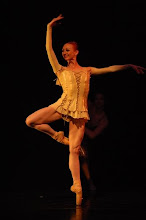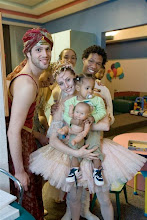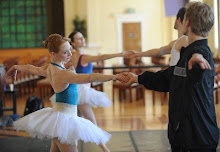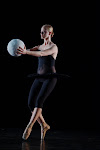 There is a line from William Wordsworth’s poetry that reads, “The child is father of the man.”
There is a line from William Wordsworth’s poetry that reads, “The child is father of the man.”If we think back upon our childhood toys, or toys that we have given to children, puppets are
likely to be among them. With simple finger or hand puppets, we have actually given our children ways to practice experiencing the world. Calling upon their imaginations, they negotiate and practice their skills through human interactions using these puppets.
For centuries, puppetry has delighted and entertained us, but it has also given us opportunities to extend ourselves into the world of practicing being human. Watching these performances gives us the opportunity to practice again, vicariously, but in a very real sense. It seemed natural to me that when we reach out to objects that personify us as living creatures, as puppets with their nonhuman skin do, we are actually doing the work of digging deeply within.
If you watch the dancers closely in Connections: Puppets, you will see how inevitably they must be apart of the puppets they touch. They must leave their secure place of self-knowing as dancer, and extend to the other, the puppet—and while doing so, the puppet transforms them even as they are transforming bits of material into creatures with life. This is far from their normal dance assignment, different from how they think of themselves or present themselves as dancers. Empathy and attentiveness are demanded in immediate and necessary ways whether the dancers are mother guiding and cradling child, as in Lily Cai’s tender and searing piece, or they are the various emotions and thoughts of little Kara trapped in her world of coma, as in Jane Comfort’s breathtaking and stunning creation. These are works that go straight to the heart of human meaning. They address the consequences of the intense unconditional attachment we have for our children, and the unfathomable love of which we are capable.
The fairytale, too, is a world that helps us confront the human narrative, so it is naturally a rich source for puppetry and dance. We all must know the feeling of being excluded or the yearning to be our most beautiful selves. Travis Bradley, in his search through many stories and fairytales for this project, kept returning to The Ugly Duckling. He had felt like the outcast. Just like our ugly duckling in this performance who is being picked on by everyone and realizes she has to leave, there are times in our lives when we have to leave relationships, bad habits or the unkind messages we may have learned to tell ourselves about our worth. Those are the “dogs” in this ballet, the things that keep us abject. The duckling goes from one place to another, but it is actually a journey of self in which she is engaged.
Would that we all will find the strength in our human characters to shelter, with love and compassion, those who are small, defenseless and with few resources. Would that we all find our true nature. Just as the dancers are moving with their puppets, it is by overcoming our fears and extending our hearts, our minds, our blessings and resources to the other, tthat we move to find the beauty that is our true selves.












No comments:
Post a Comment